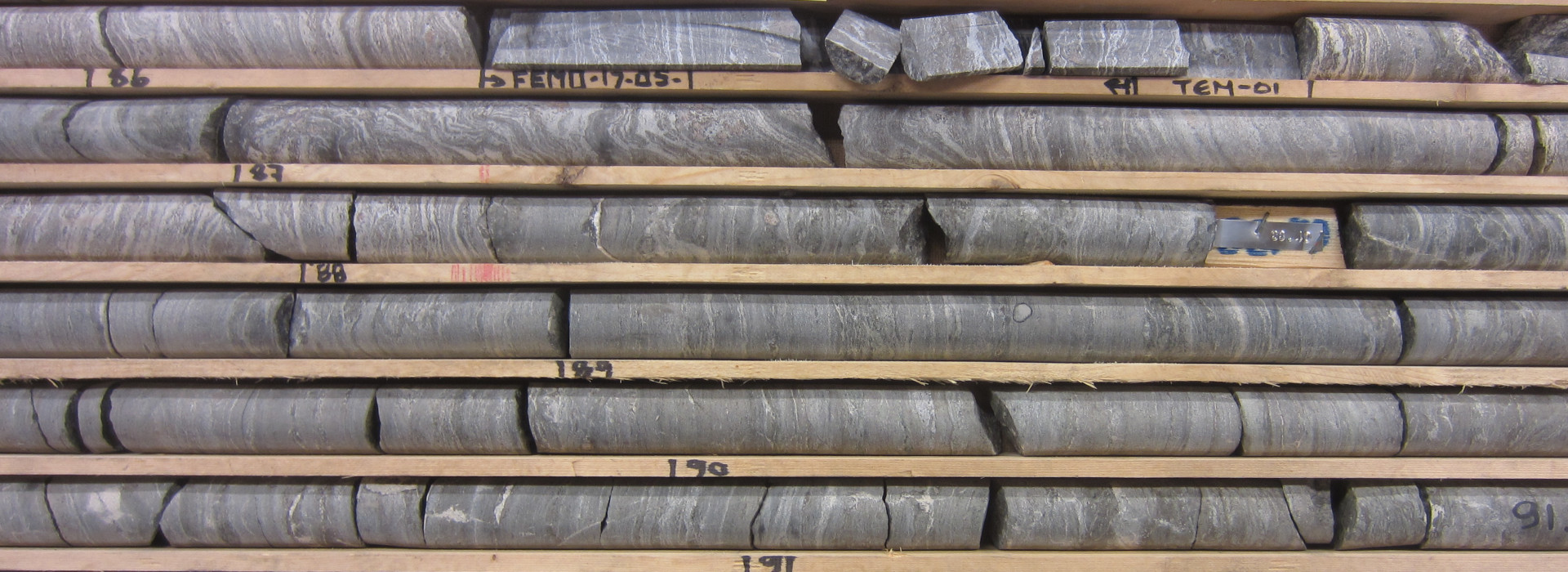ATRAZINE: Stable isotope tracking of biodegradation pathways of atrazine with Rhizobiaceae Ensifer sp.
- Contact:
- Project Group:
Environmental Mineralogy and Environmental System Analysis
- Funding:
German Academic Exchange Service (DAAD)
Chinese Scholarship Council (CSC)
- Partner:
Prof. Limin Ma, Tongji University, Shanghai, China
Prof. Dr. Andreas Thiem, Technologie zentrum Wasser (TZW) Karlsruhe, Germany
Dr. Florian Eichingerm, Hydrosisotop GmbH, Schweitenkirchen, Germany
- Startdate:
2016
- Enddate:
2017
Content
An estimated 1 to 2.5 million tons of active pesticide ingredients are used annually. Despite different chemical structures and target organism, pesticides have in common that they are applied extensively over large areas in agriculture and urban settings. Their use represents an important source of diffuse chemical pollution that is difficult to control. Meanwhile, pesticide contamination is not limited to groundwater, as transport from groundwater may lead to a low-level, yet continuous presence of pesticides in surface waters, such as metolachlor, carbendazim, chlorpyrifos, atrazine (Atz) and its metabolite desethylatrazine (DEA) frequently occur in the environment. Conclusive interpretation of their transformation is often difficult. GC-MS analyses deliver quantification of volatile organic compounds and their decrease for example in soil systems can be monitored. Such dissipation kinetics alone, however, cannot distinguish true compound elimination as opposed to dilution or sorption. LC-MS/MS allows in addition analysis of polar degradation products and metabolites, but may fail again if products are quickly further metabolized so that they are not accessible to analysis. In order to assess the fate of agrochemical in the environment, new tools are needed whose insight is complementary to existing approaches. Compound specific isotope analysis (CSIA) is a promising alternative to identify and quantify transformation reactions of organic compounds in aqueous environments.
Within this project isotope ratios of 13C/12C , 15N/14N, 37Cl/35Cl and 2H/1H shall be analysed in the source compounds and products of decomposition produced by the bacterium (CX-T) Rhizobiaceae Ensifer sp. to establish a fingerprint method for environmental monitoring. This bacterium was first separated from soil by the working group of Prof. Limin Ma, Tongji University. In this context also the isotopic composition of Atrazine of different producers e.g. in Germany and China shall be studied. Furthermore it is of interest whether the model of decomposition of chlorinated ethane (Summensignaturmodell) is transferable to Atrazine. Other aspects of this project are the investigation of the potential of Atrazine transport with potentially resuspendable dust and the consequences for air quality and the analyses how Atrazine interacts with different soil size fraction. Finally the development of a fractionation model for Atrazine in aquatic milieu is intended.
